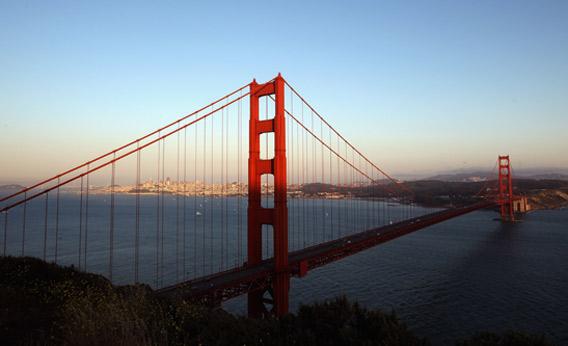The suicide rate does not peak during the holidays, and the media should stop saying it does, according to a report released Tuesday by the Annenberg Public Policy Center. In fact, the suicide rate is highest in spring and summer. The holiday suicide-spike myth persists because it has a convenient narrative: Lonely people become despondent around Christmastime. So why do people kill themselves in the spring?
Possibly because they interact more. Doctors first observed in the 1820s that suicide rates spike during late spring. Researchers have since postulated and tested all sorts of explanations for the global phenomenon, making this one of the most studied questions in psychiatry. There’s still no consensus, but evidence suggests it has to do with so-called sociodemographic factors. During the winter, many people go into semihibernation: They work less, see fewer people, and are exposed to less frustration and conflict. That all changes in the spring, when increased interaction with others and the stress of work may trigger suicidal thoughts. The theory is based on a couple of observations. First, the spring suicide peak is more pronounced among people employed on farms or in factories who experience greater seasonal variation in the intensity of work and social interactions. In addition, developing countries with a higher proportion of agricultural workers see more seasonal change in the suicide rate than do developed countries. The magnitude of seasonal changes in the suicide rate is more than 10 times higher in Uruguay, for example, than in Belgium. Researchers have also detected a smoothing out of the seasonal variation in suicides in recent decades as more people move from farm to office. (There are smaller peaks in other parts of the year. Cubicle workers are more likely to commit suicide in the fall than in the spring, as are mothers who send their children off to school in September.)
Some psychiatric researchers believe that climatic factors are responsible for seasonal changes in the suicide rate. Some suggest that sunshine triggers suicidal thoughts, making self-harm more common in months with longer days. Temperature is also a suspect, with one study from South Korea showing a 1.4 percent increase in the suicide rate every time the mercury rises by one degree Celsius. Rain, barometric pressure, and even thunderstorms have been blamed. Although there are studies supporting each of these theories, the data are controversial. For every academic article correlating weather patterns or sunlight to suicide rates, there’s one debunking the claim with competing statistics.
Physical health issues that intensify in spring seem to correlate with suicide peaks, although the data are similarly tenuous. Doctors point out that allergens trigger the release of anxiety-producing chemicals, and studies have linked the pollen count to the number of people killing themselves. Air pollution levels, which surge in the late spring and summer in some cities, are also correlated with self-harm.
Setting the epidemiological data aside, clinicians say that people suffering from winter depression often lack the initiative to kill themselves. One woman told her psychiatrist that she went to the basement in January to commit suicide and even selected a pipe from which to hang herself, but she gave up when she couldn’t figure out how to tie a noose. Summer depressives, in contrast, are more likely to have a dangerous combination of energy and desperation.
Got a question about today’s news? Ask the Explainer.
Explainer thanks Norman Rosenthal, author of Winter Blues: Everything You Need to Know to Beat Seasonal Affective Disorder.
Video Explainer: Why do we kiss under the mistletoe?
